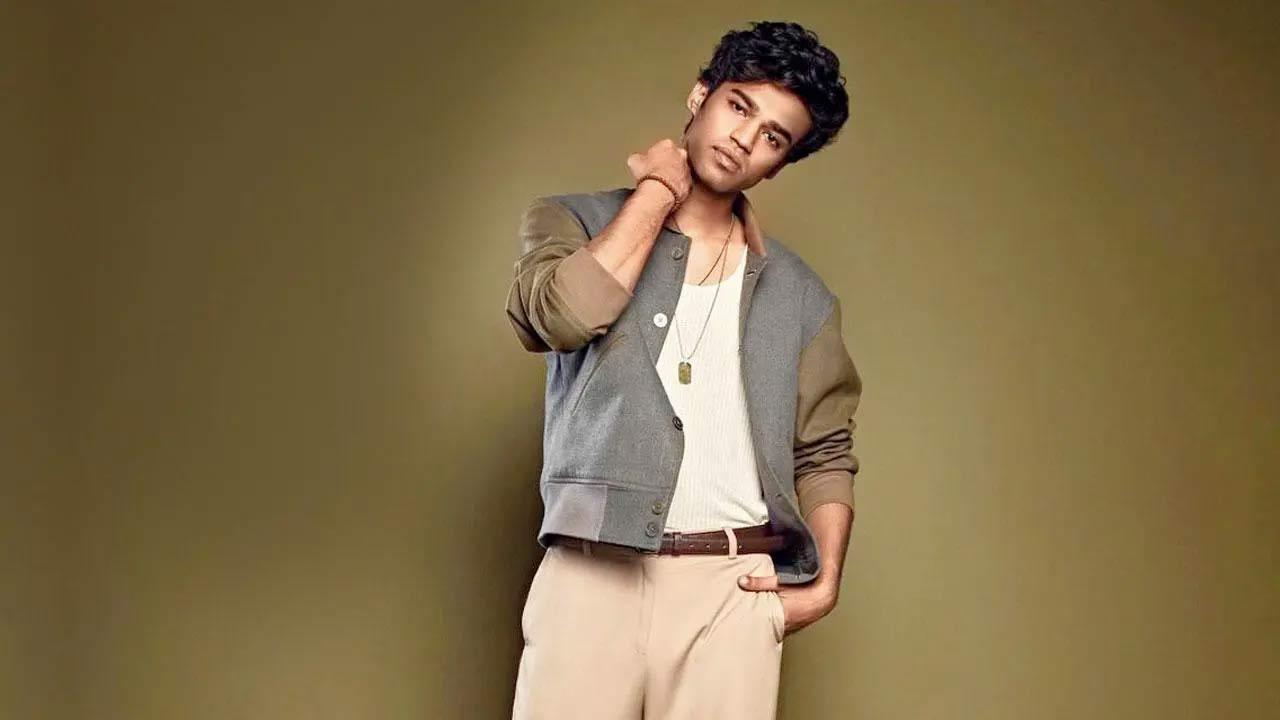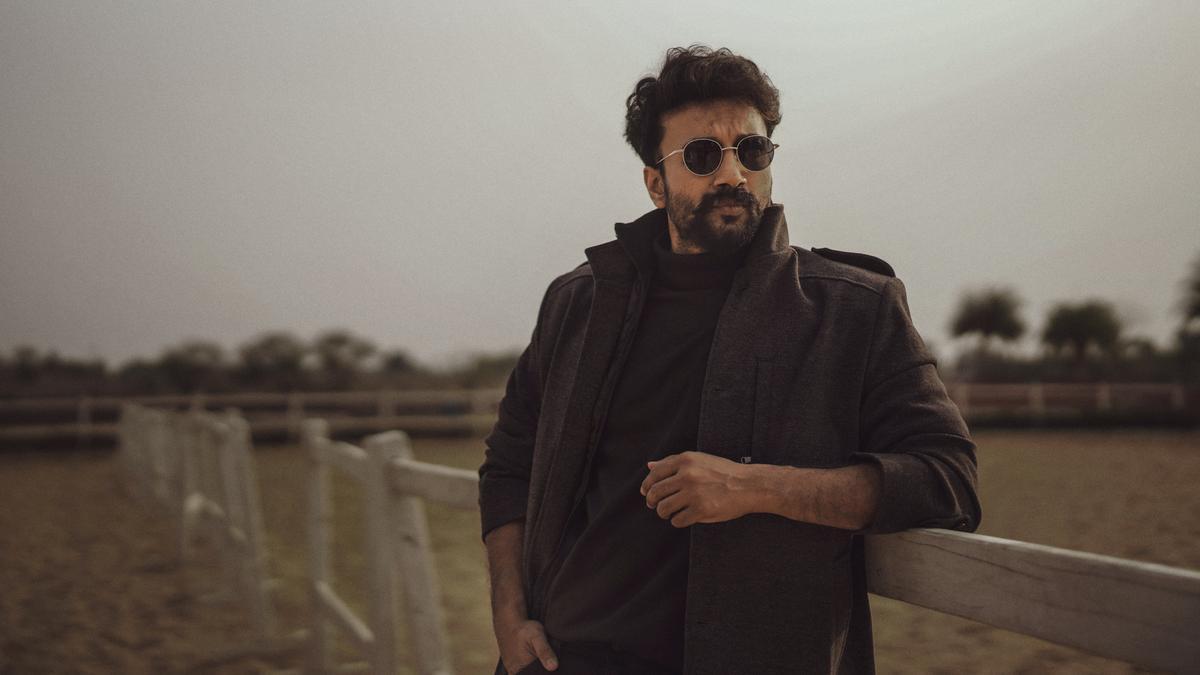
As a vivid musical tale on the life of Krishna arrives at a cultural hub in Bandra, writer Prasoon Joshi and composers Sachin-Jigar offered exclusive insights into how the various avatars of Lord Krishna have deeply influenced their creative work.
“I’ve grown up in Uttarakhand. So, while I’ve been aware of the fact that Lord Krishna is referred to as Shrinathji, I was raised celebrating his avatar of Krishna Kanhaiya,” says veteran lyricist Prasoon Joshi. Moments later, the composer duo Sachin-Jigar share that as devoted Krishna bhakts, they have spent their childhood with an insatiable appetite for the stories of Shrinathji. This intriguing difference in the perception of the same deity across various regions of India is eloquently articulated by Joshi who underscores how the authenticity of these mythological narratives has been retained across generations.
“I have understood that our teachings are both complex and simple at the same time. Several poets have described Krishna differently. Meera describes him in one way, and Surdas narrates his stories in another manner. We know Tulsidas and Surdas are two poets. Tulsidas’s devotion is as a das, one who serves. On the other hand, Surdas has served as a friend. Surdas will take several liberties when it comes to writing poetry about Krishna because he is referred to as the friend. So, while it’s the same God they write about, the gaze is different. Neither can you accuse Surdas of being too friendly, nor can you call Tulsidas subservient,” says Joshi, making a compelling argument for the artists who have revitalized the tales of Lord Krishna for new audiences.
Over the course of a year, Joshi and the composer duo have collaborated tirelessly to serve as the musical backbone of the NMACC production, Rajadhiraaj: Love, Life, Leela. This passionate celebration of the life of Lord Krishna, a two-hour set, unveils several known and unknown chapters of the deity’s life in a musical creation that is as visually stunning as it is sonically enchanting.
“Our parents and grandparents would sing these songs to us. So, we found in this musical an outlet to express what we had been exposed to. We were influenced by the music linked to Shrinathji, and other Krishna bhajans, including the way they were typically sung,” says Jigar Saraiya, one half of the composing duo. This interplay of personal nostalgia and cultural roots significantly enriched the musical experience.
In their efforts to mirror the music specific to Dwarka, Vrindavan, and Mathura, Sachin Sanghvi delves into the innovative methods employed. “While narrating stories about Dwarka, we needed a Kutch influence, so, we called upon Kutchi dhol players.
. While describing what transpired in Mathura, we needed North Indian flavors. So, instruments like the tabla, dholak, and shehnai were used. To showcase Vrindavan, we employed the flute. It was a joy to research this subject, and Jigar and I thrive on such experiences.”
Joshi, who has penned the script, dialogues, and lyrics of the set, often placed himself in the shoes of the various characters associated with the epic. “I met several scholars and read a lot of ancient poetry. While I knew I’d be able to write the script, I wanted to be musically drawn to the project. Music dimag mein machna chahiye. The one thing that I knew for certain is that I wouldn’t destroy the sanctity of the language. I was certain that the language wouldn’t be over-friendly or one that would make people cringe. I had the liberty of being the scriptwriter and the lyricist, but I have used words that this mythology deserves.”
The musical, set to play daily until September 1, seeks to do justice to the colorful narrative of Shri Krishna’s life that generations have grown up consuming. The meticulous blend of music and choreography aims to create an intimate experience that resonates long after the curtains fall.
Joshi reinforces the significance of authenticity in retelling these ancient stories. “My intent was always to remain true to the ethos of our scriptures while also making them accessible and enjoyable for today’s audience. Our epics have a certain rhythm and cadence, and capturing that was vital for this production.”
Sachin adds, “For us, it was not merely about composing music; it was about channeling the spiritual energy of the places and stories we grew up with. By working with local instrumentalists, we managed to weave an authentic soundscape that transcends mere musical notes and connects on a deeper level.”
The production’s ability to leave lasting impressions, with its rich tapestry of sounds, visuals, and narratives, speaks volumes of the dedication and passion its creators have poured into it. As Joshi summarizes, “Such projects remind us of the importance of storytelling in our culture—it’s a living, breathing entity that evolves with every generation while retaining its core.”
With music that speaks to the soul and a narrative that brings ancient tales to life anew, Rajadhiraaj: Love, Life, Leela promises to be much more than a mere performance—it’s an experiential journey through the multifaceted life of Lord Krishna, reverberating through the corridors of time and imagination.










